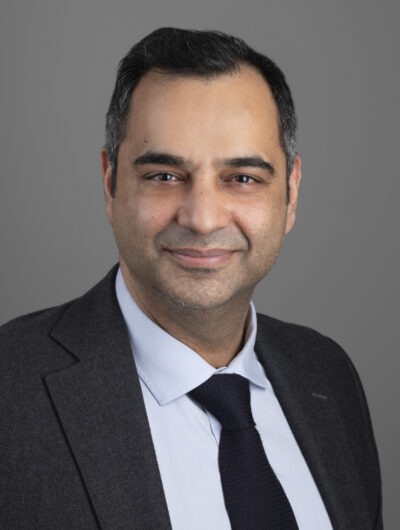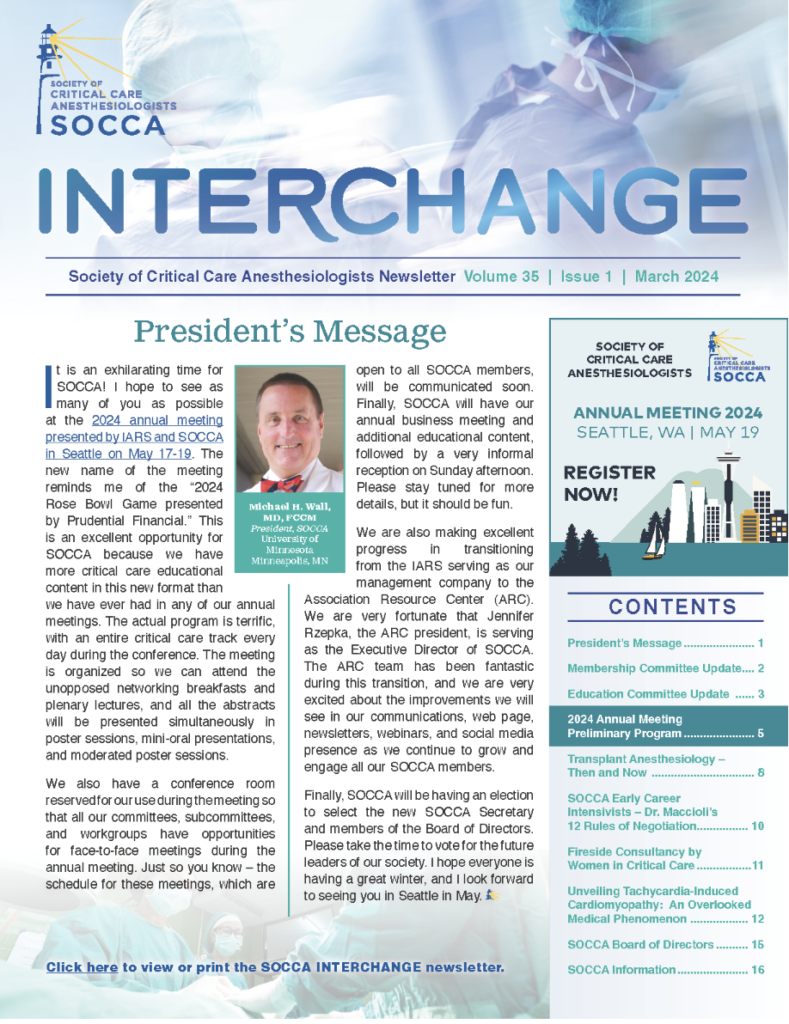Research Spotlight
Undertaking robust research may offer professional gratification and a betterment of our specialty that cannot be gleaned from clinical excellence alone. It has to be said my journey through research has been an evolved one, catalyzed by clinical questions, collaborations, mentorship and a pursuit of an ever-sharpening question around the role of oxygen and other gasotransmitters in perioperative inflammation and critical illness. To my mind, I have been very fortunate to be in an environment at Beth Israel Deaconess Medical Center which affords academic time, mentorship and understands the committed investment it takes to develop a home-grown clinically active researcher.
In a nutshell, my laboratory focuses on the balance of pro- and anti-inflammatory properties of gasotransmitters in the perioperative and critical care setting. Gasotransmitters refer to gaseous messenger molecules involved in cell signaling, regulating many cellular functions including cytoprotection, apoptosis, inflammation and gene transcription. The established gasotransmitters identified are oxygen and nitric oxide (NO), while more recently carbon monoxide (CO) and hydrogen sulfide (H2S) have garnered greater attention.
Overall, my lab has incrementally developed important expertise in clinical, translational and basic research (Figure 1) in the field of gasotransmitters, with a particular interest in oxygen, oxygen sensing and potentially beneficial effects of carbon monoxide.
Clinical Research
I was fortunate and exceptionally grateful to receive a Foundation for Anesthesia Education and Research Mentored Training Research Grant (FAER MRTG) to study the effect of differing intraoperative oxygen concentrations on postoperative neurocognition and delirium in cardiac surgical patients. This randomized controlled trial formed the basis of development of further translational work and challenged me to explore, in greater depth, the relationship of oxygen and oxygen-sensing with a more mechanistic lens.
Building from this work, we are in the midst of other projects, funded through the NIH (NIDDK R01) to examine the potential ameliorating effect of deferoxamine in attenuating acute kidney injury in cardiac surgery and have developed a track record of cardiac surgical trial involvement aiming to decrease organ injury.
Translational Research
Stemming from questions developed from initially clinically orientated research, I was fortunate to be awarded a GEMSSTAR Award from the NIH (NIA) to take a closer look at proteomic signatures of cardiac surgical patients. The aim is to develop predictive and prognostic biomarkers of delirium in cardiac surgery. Another Omics area that we have developed interest and expertise, and aided through Department of Defense funding, is examination of the potentially immunosuppressive phenotype seen in severe trauma. This ongoing work, through the use of a prospective observational study of blood and bronchoalveolar lavage samples in trauma vs control patients, aims to examine through advanced analytics and computational biology utilizing RNA sequencing, CyTOF and purine signaling measurement, the cellular underpinnings to immunosuppression and susceptibility to infection post traumatic injury.
Basic Research
There are potential protective effects in perioperative inflammation of hypoxia, and specifically harnessing the protective cellular effects of hypoxia through cytoprotective means. One compound of particular interest is carbon monoxide, produced endogenously. Low dose CO administration exogenously in various preclinical models demonstrates often striking salutatory effects. Our basic work, funded through a K08 Career Development Grant from the NIH (NIGMS) focuses on animal models of sepsis, cardiac arrest as well as in vitro work examining cellular effects of exogenous CO administration.
Future
In time, we hope to bring further phased human studies of CO administration in various disease states, in a cautious and stepwise fashion. I look forward to continuing to develop in all these areas above to dovetail with my clinical practice of cardiac anesthesia and critical care.
I am forever indebted to my mentors, my collaborators and my lab members as we continue to explore this work through various avenues as detailed above and I invite and welcome dialogue, exchange and potential collaboration around this work from the SOCCA membership.




































